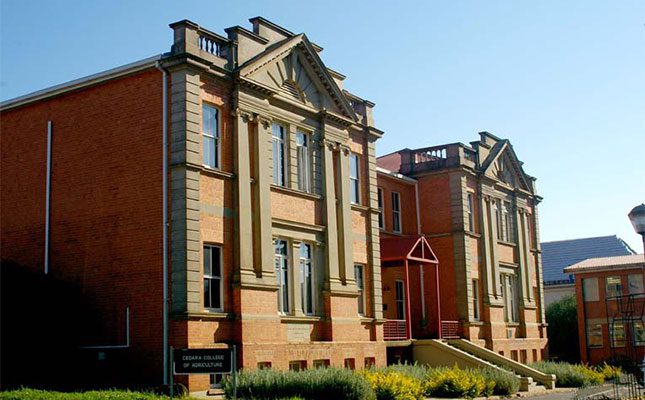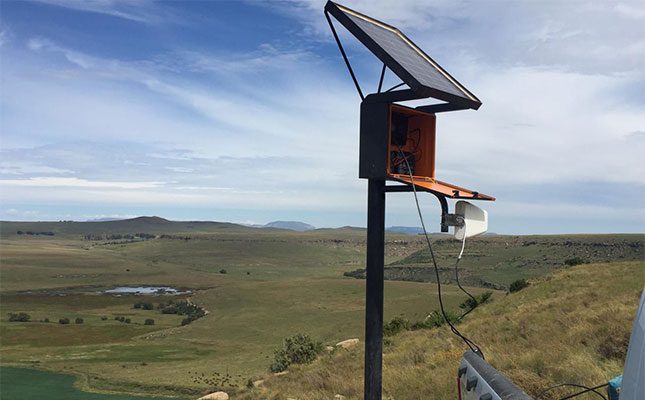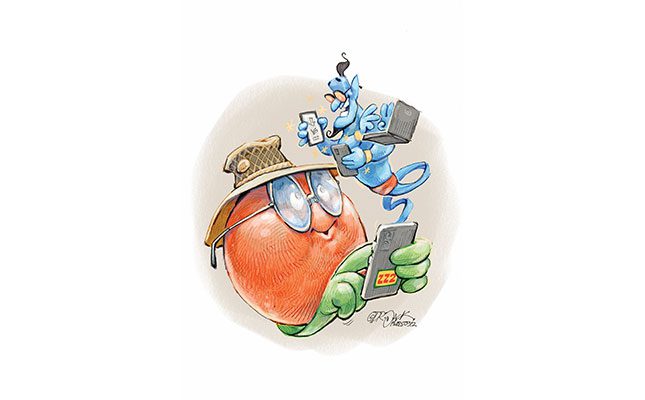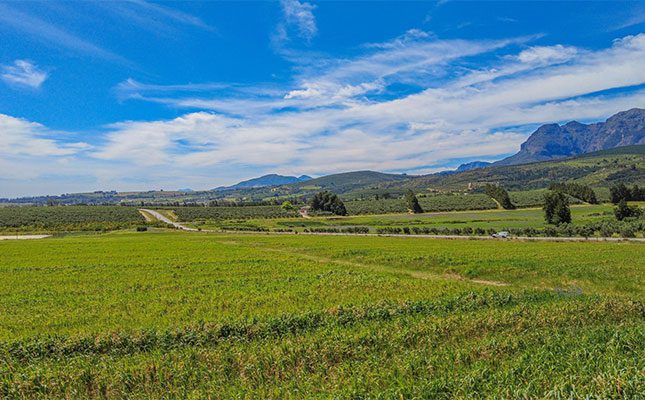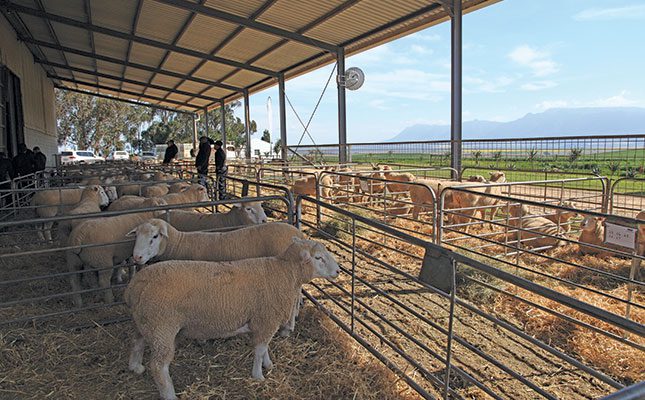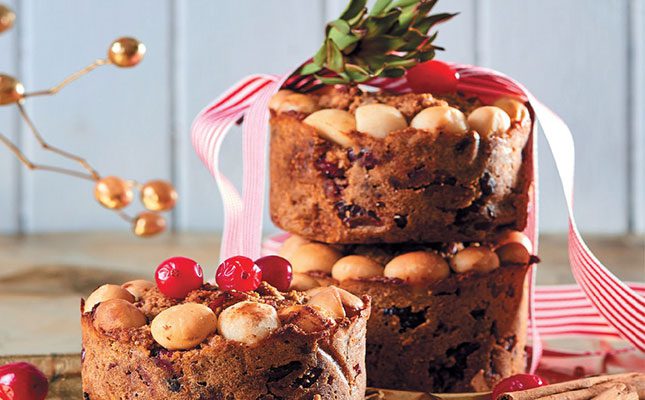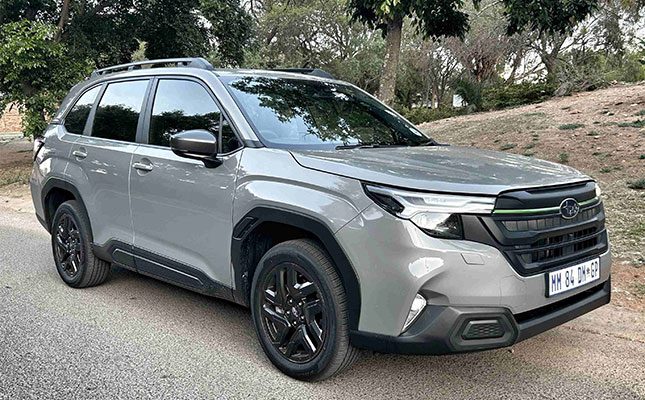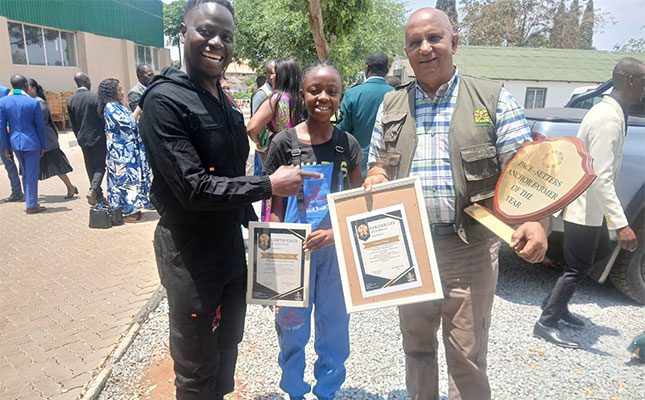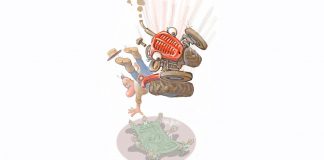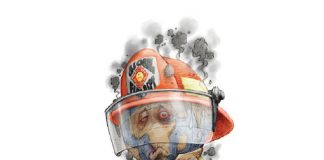
Photo: Mike Burgess
I was raised on the farm Bannockburn in the Indwe district where the Stormberg merges into the Eastern Cape Drakensberg.
However, it was to the east, in the nearby Ida district, that my brothers – Don and Chris – and I had the childhood privilege of targeting rainbow trout (Oncorhynchus mykiss) and smallmouth yellowfish (Labeobarbus aeneus) on fly in the myriad streams originating from the Drakensberg.
My father, Billy, who himself had fished these rivers as a boy, not only drove us to Ida, but also on occasion took us over the Drakensberg to the legendary tributaries of the Kraai River in Barkly East.
Later, when my eldest brother, Don, attained his learner’s licence, my dad would let him drive us to Barkly East via the Otto du Plessis Pass, and by the time we had all left school, we were defined by many rich, unforgettable fishing memories.
By my final year at the University of Cape Town, I’d decided to move to Barkly East in the Eastern Cape to complete my post-graduate degree, via distance learning, right in the heart of the isolated Clifford region.
Here, I lived in the fridge-like Robertsen family homestead on the farm Twee Zusters through which the pretty Vaalhoek stream flowed. The Robertsens had temporarily relocated to Cape Town and had kindly offered me their home to live in, but with temperatures as low as -18°C, life became about survival.
When warmer temperatures eventually arrived, I met Lizbe (a former sous chef from Cape Town) and her boy, Mark. Incredibly, she was the daughter to Boet Potgieter from the farm Koppie where I had fished and braaied with my brothers and dad way back in the late 1980s.
By 2003, I had relocated to Koppie and spent the next three years studying and fishing large swathes of the Kraai River catchment.
Koppie’s trophy rainbows
Way back in the spring of 1988, my dad drove us over the escarpment to the Saalboomspruit that snaked through Koppie. He dropped Don and I off a few kilometres upstream, and fished down towards the homestead.
The Saalboomspruit was flowing strongly, making for difficult fishing, and to make matters worse, a pair of African black ducks were flying ahead of us from pool to pool, spooking any fish there might have been in them.
Being just 12 at the time, I started to muck about, flicking flies into likely spots ahead of Don who eventually ordered me into his wake. I stomped off to a fast-flowing run he had just fished, and flicked a fly into the current before stripping line from my real to allow the ‘Mrs Simpson’ pattern to be pulled downstream.
On the first retrieve, a powerful fish slammed into the fly and, using the strong current, belted downstream, bending my rod rather alarmingly. Don ran downstream and jumped into the river and thrashed about like a river duck trying to distract an otter’s attention from its young.
The terrified fish turned and swam upstream towards me, and I recall seeing it turn a few metres from me in the current: a solid silver flash in the rushing green water. My heart skipped a beat as the fish took off downstream again, only to be turned by Don in the water downstream.
A few more minutes of pandemonium, and eventually the fish was on the bank, with me jumping uncontrollably next to it; a moment of extreme joy, burnt into my psyche and no doubt that of my brother, whose performance that day still makes me smile.
However, we didn’t know at the time that Don would land a rainbow of a similar size less than 1km further downstream; a fish that had him floating downstream, chest-deep in water.
“Those are fish of a lifetime,’’ my dad told me as I proudly carried mine, my fingers in its gills, to the nearby braai. As was usually the case with my dad, he was to be proven right, and as it turned out, neither Don nor I have ever landed a river trout bigger than those beautiful Saalboomspruit hens (female fish) of 2,5kg and 2,4kg.
Poplars on Tierkrantz
In 2003, it was exceptionally dry, and the Langkloofspruit was low and clear – a major challenge, as fish spooked easily under these conditions.
One way to mitigate this disadvantage was to fish in exceptionally strong winds that whipped the water’s surface up into ripples, rendering the fish blind to one’s movements on the banks.
One Sunday in October, I awoke to gale force winds on Koppie, so I went to fish the lower Langkloofspruit on Tierkrantz, where it flowed into the Kraai River just above the sandstone Loch Bridge constructed in 1896.

The riverbanks in Barkly, once only home to indigenous shrubs like ouhout and Bushman’s Grape, have now for generations been redefined by alien willow and poplar species. Although they’re invasive, I must admit I have a soft spot for a grove of white poplars like the one on Tierkrantz, where the vast group of giant trees swayed, creaked, and groaned in the wind.
My first cast in the poplar grove was a flop, but on my first retrieve I nevertheless felt the take of a beautiful 1kg trout. I watched the fish break the surface in a swirl before darting away towards an undercut bank.
Eventually, the fish tired and it soon lay in the dry poplar leaves, gasping. Its different hues of blues, reds, and blacks seemed especially intense. Everything seemed to be ‘together’ in that moment; a good omen for the rest of my Sunday.
In fact, it would turn out to be one of my most memorable days on any Barkly East water, one of those rare days you had the fish beat. I landed several fish just under and over 1kg. What’s more, it was electrifying fishing, as some trout took my fly a few metres from me, hidden by the wind-disturbed surface of the stream.
Eventually, as the sun was setting, I returned to the poplar grove to complete the circle of my day. A giant kingfisher came pelting down the river course with its alarming, high-pitched screeching, and a flock of guinea fowl were arriving to roost.
My haversack was full of quality fish that I eventually photographed in the little courtyard at Lizbe’s home. I cleaned them, and some would be smoked to make trout pâté while others would be transformed into trout gravlax.
Fishing in nature’s cathedral
The upper Kraai flowing through the sandstone gorges on the farms of Drumbo and Bakoond must be one of the most beautiful sights on earth.
When fishing in the gorge, majestic sandstone cliffs towered above me on either side of the river, while giant boulders lay strewn across the contained floodplain. Dassies often peered from urine-stained crevices, and fish eagles were common.
One weekend in summer 2004, Lizbe and I camped in Drumbo’s Christmas Cave, where settlers in the 1800s gathered for annual Christmas celebrations. After a late supper, I grabbed my rod and went to see if I could land a fish in the bright yet soft, ethereal moonlight.
I used a flashabou-laden stinkbom pattern (our invention) and rhythmically unleashed my fly line into a pool. To my great surprise, the yellowfish didn’t muck about, and soon I was battling one that I eventually landed at 10.45pm. Holding the honey-golden fish in the moonlight made me feel as if I had crossed a new frontier in fishing.
The next day, we wandered down the river, with tea, rusks, cold lamb chops, and trout in tinfoil. The fishing was slow, but the food was good, and as dark shadows began to blanket the gorge, I started to resign myself to failure.
Then I rounded a corner, and there it was: a deep pool, defined on one side by a submerged boulder and on the other by a line of reeds. I made a long, perfect cast (for once) and within an instant of the Mrs Simpson pattern landing on the surface, a yellowfish slammed into it. The dramatic splash that followed ignited a frenetic fight.
I eventually landed the fish – probably around 2kg – on a gravel bank and posed for a quick photo.
A few minutes later, I hooked another – almost the same size – and eventually subdued it in the by now pitch-dark.
What a privilege it was to battle these ancient indigenous fish that had made this gorge, a true cathedral of the natural world, their home long before humans ever set foot in the mountains of Barkly East.

